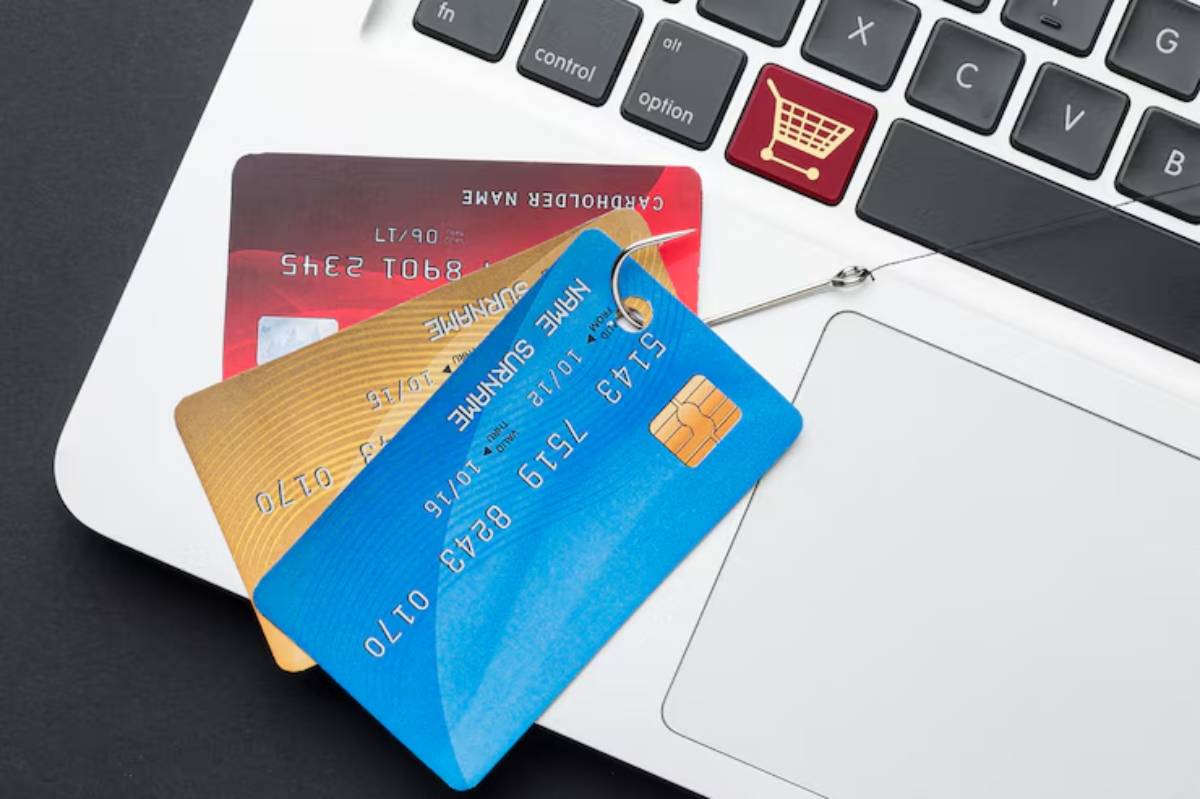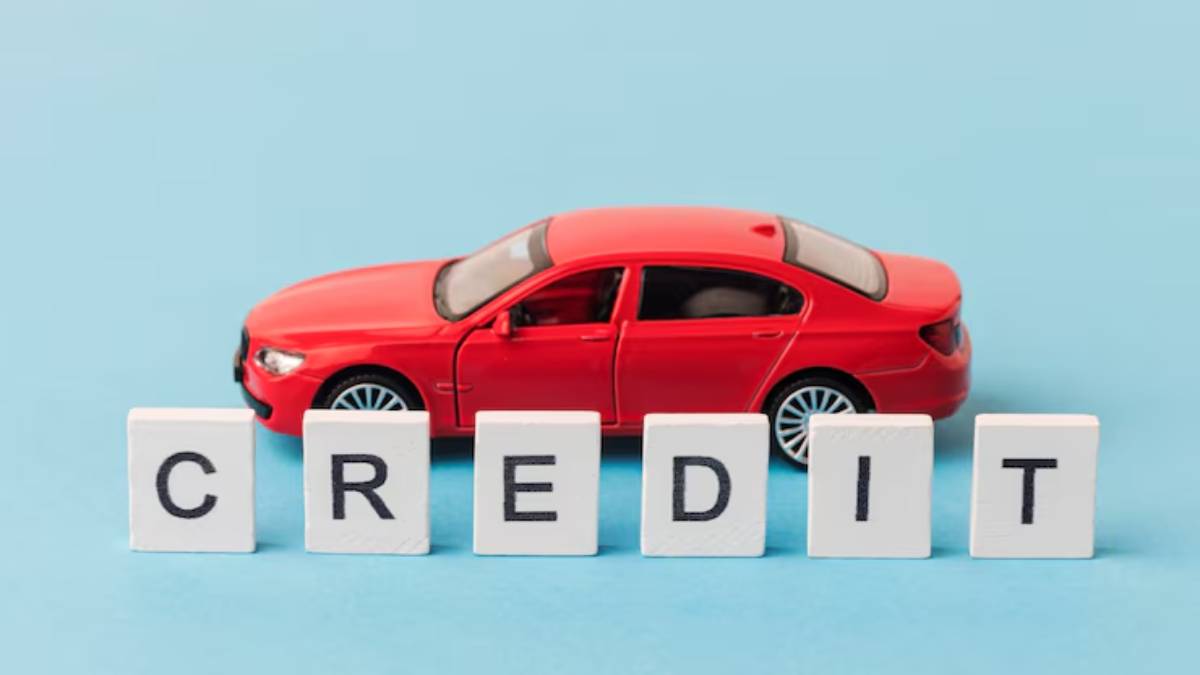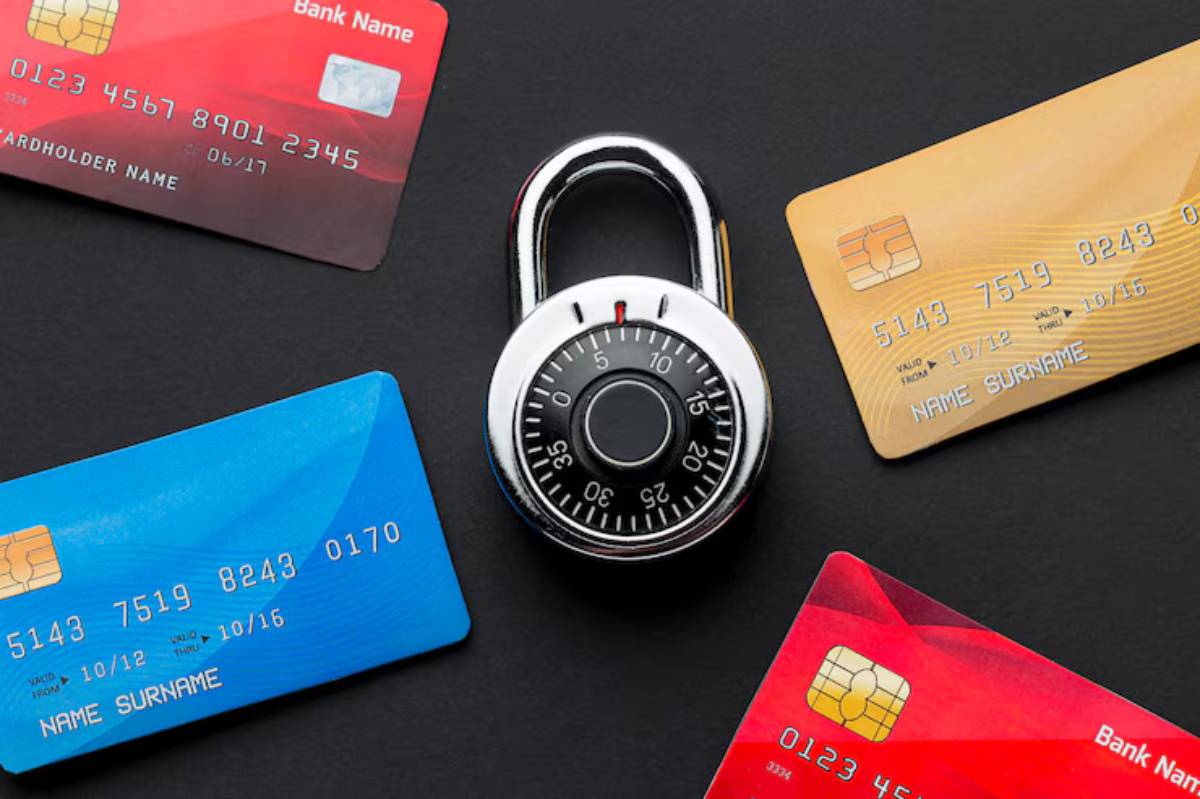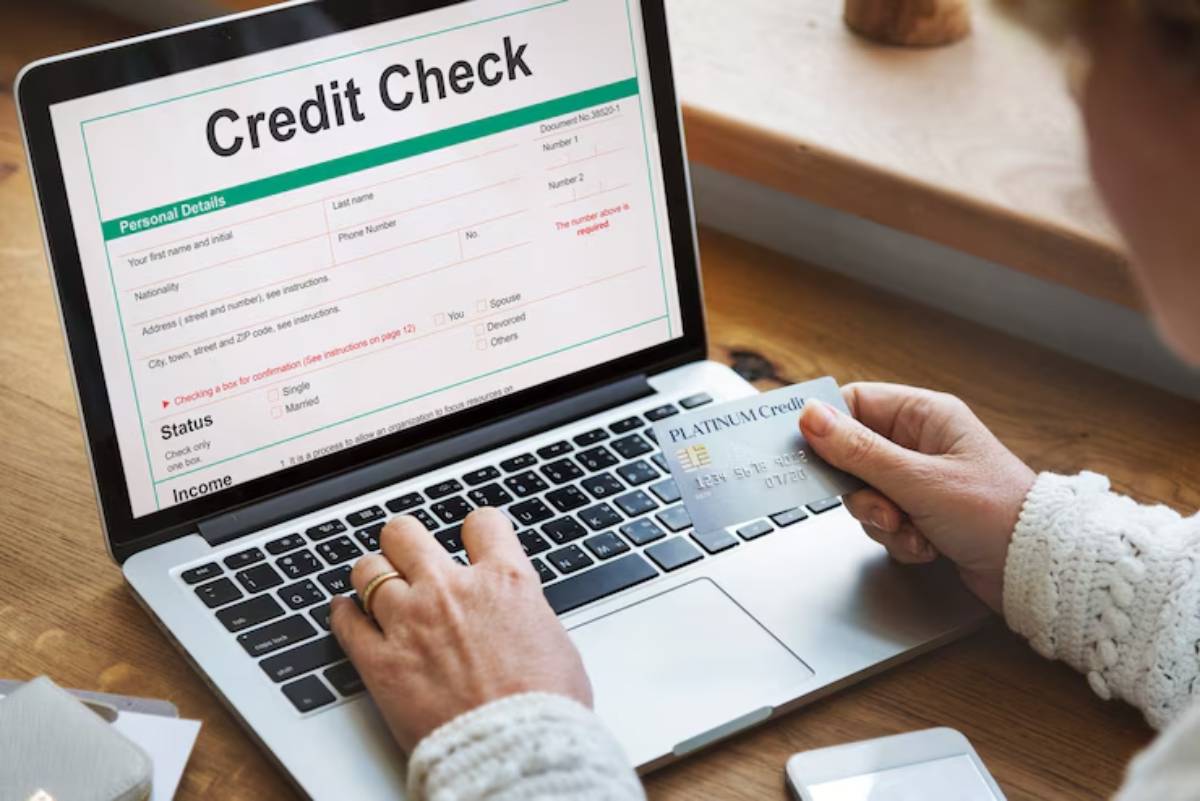
How to Choose the Right Secured Credit Card
A secured credit card is often one of the easiest ways to start building or rebuilding credit. Whether you’re a student, newcomer, or someone recovering from past financial mistakes, this card can offer a fresh start.
This guide explains everything you need to know about secured credit card selection, how to use them as credit tools, and how they support beginner credit building.
Pro Tip: Secured cards work just like regular credit cards, with one key difference—you pay a refundable deposit upfront.
Quick Guide: Why Secured Credit Cards Help Build Credit

- They help people with no credit or poor credit access credit lines
- Payments are reported to credit bureaus to build a credit history
- The deposit reduces risk for the lender, increasing approval chances
- Using them wisely helps establish responsible spending habits
Important: A secured card is not a debit card. You must repay any balance you charge to the card.
Step-by-Step: How to Choose the Best Secured Credit Card
Step 1: Understand How Secured Credit Cards Work
| Feature | Explanation |
|---|---|
| Deposit | Usually equal to your credit limit (£100–£500 common starting range) |
| Usage | You spend against your limit and repay the balance monthly |
| Reporting | On-time payments boost your credit score over time |
| Refund | Deposit is returned when you close the account or upgrade to an unsecured card |
Quick Tip: Treat the deposit as a temporary investment in your financial future.
Step 2: Check Your Credit Score Before Applying
Knowing your current credit position helps you choose the right card.
- Use free services like ClearScore, Credit Karma, or Experian
- A poor score means you’ll likely be declined for unsecured cards but can still qualify for secured options
- Your credit report may also show areas to work on while using the card
Pro Tip: Checking your own credit score is a “soft” enquiry and does not affect your score.
Step 3: Compare Key Features Across Cards
When comparing cards, consider the following:
| Feature | Why It Matters |
|---|---|
| Annual fees | Some cards have no fee; others may charge £20–£50 yearly |
| Interest rate (APR) | Lower is better, but paying in full avoids interest altogether |
| Deposit requirements | Check how much you’ll need to provide upfront |
| Reporting | Ensure the issuer reports to all three major UK credit bureaus |
| Customer service | Reliable help is valuable for beginners |
Quick Tip: Aim for a card with no annual fee and full reporting.
Step 4: Avoid Unnecessary Extras
Some secured card providers try to bundle “extras” that you may not need.
Common add-ons to avoid:
- High-cost payment protection plans
- Unnecessary credit monitoring fees
- Overpriced balance transfer services
Sustainability Note: Choose a straightforward card with no confusing extras that might lead to unexpected costs.
Step 5: Consider Deposit Flexibility
Some secured cards allow you to increase your deposit over time, which can also increase your credit limit.
Benefits of increasing your deposit:
- Higher credit limits can lower your credit utilisation ratio
- This can lead to faster credit score improvements
Pro Tip: Only increase your limit if you are sure you can manage the balance responsibly.
Step 6: Read the Fine Print

Always check the card’s terms and conditions.
Look for:
- Minimum deposit amounts
- Processing fees
- Late payment fees
- How long before you can upgrade to an unsecured card
Quick Tip: A reputable card issuer will always provide clear, upfront details.
Step 7: Apply and Use Responsibly
Once approved:
- Only spend what you can afford to pay off in full each month
- Avoid carrying a balance to steer clear of interest charges
- Set up payment reminders or automatic payments
Pro Tip: The most powerful way to build credit is consistent, on-time payments.
Best Practices for Using a Secured Credit Card
| Practice | Why It Matters |
|---|---|
| Keep balances low (under 30% of limit) | Shows responsible usage |
| Always pay on time | Payment history is 35% of your score |
| Check statements monthly | Avoid errors or fraud |
| Don’t open multiple secured cards at once | Too many applications can lower your score |
Sustainability Note: Manage your card online or via app to reduce paper statements and unnecessary mail.
Common Mistakes to Avoid
| Mistake | Solution |
|---|---|
| Paying only the minimum | Pay the full balance each month to avoid interest |
| Missing payments | Set reminders or auto-pay |
| Closing the card too soon | Keep it open to build a longer credit history |
| Using too much of your limit | Stay below 30% usage for best results |
| Forgetting to track spending | Budget to avoid overspending or late fees |
Frequently Asked Questions
What is the difference between secured and unsecured credit cards?
Secured cards require a deposit; unsecured cards do not. Otherwise, they function similarly.
Will using a secured card improve my credit score?
Yes, if you use it responsibly and make on-time payments.
Can I get my deposit back?
Yes. The deposit is refundable when you upgrade or close your account in good standing.
Do secured credit cards have high interest rates?
They often do, but you can avoid paying interest by paying off your balance every month.
Is a secured credit card a good option for students?
Yes. It’s a safe way for students to begin building credit under controlled conditions.
Build Credit with Confidence
A secured credit card is a great tool for beginners to build or rebuild credit. Choosing the right secured credit card is key. Focus on the best features and keep good financial habits. This way, you can achieve long-term success.
Start small. Stay consistent. Watch your credit grow.
Learn more in Credit Builder Loans: What You Need to Know.


